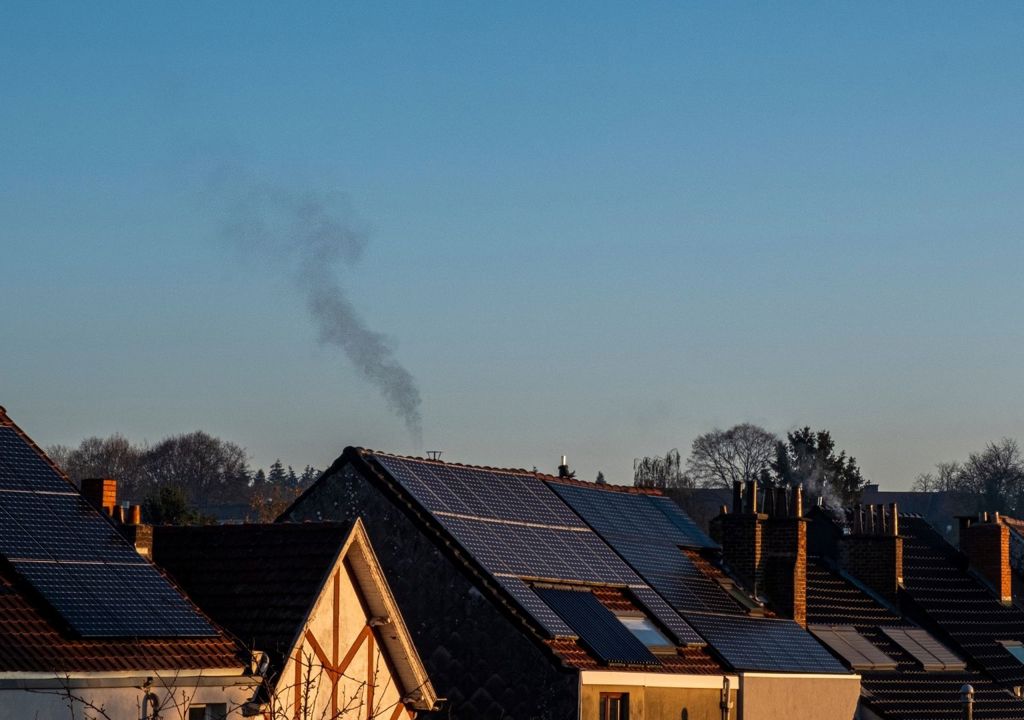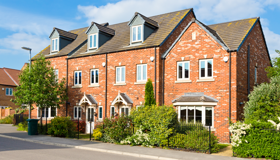Your Business and Industry
The rise and challenges of sustainable housing for UK landlords
Demand and awareness around green finance is rapidly gathering momentum, driven by increasing consumer awareness and regulatory pressures that serve to emphasise the importance of energy efficiency and sustainability across the present and future UK housing market.

In response, a rising number of lenders are creating tailored solutions within their product ranges to help to align a string of financial benefits with environmental objectives. This can come in the form of providing homeowners and landlords with the opportunity to secure favourable terms, such as lower interest rates or cashback, for investing in eco-friendly property improvements or homes with lower carbon emissions.
However, challenges remain evident. Data from Foundation Home Loans for Q3 2024, in conjunction with Pegasus Insights, revealed that 67% of landlords own at least one property that does not meet the proposed EPC 'C' targets.
Take a look at our BTL Green mortgages
For those looking to add to portfolios, additional research from epIMS, revealed that 33.8% of potential buy-to-let investments fall short of the proposed EPC 'C' requirement, rising to 46% in major cities.
The epIMS research highlights that smaller improvements such as installing PV panels can often prove to be more cost effective than internal or external wall insulation. Appreciating which improvements are more economically viable than others can help landlords to achieve the required C rating without overspending, thereby reducing the risk of having to pass on additional costs onto tenants and fostering a more stable rental market.
Landlord awareness of EPC requirements remains high at 92%, though only 67% fully grasp the details. Interestingly, portfolio landlords seem less informed than individual investors, with only 62% having a complete understanding.
In terms of necessary upgrades, 42% of landlords plan to comply with the standards. Of these, 24% intend to spend the minimum to meet requirements, 14% aim to add long-term value, and 3% will upgrade before selling. Meanwhile, 34% of landlords plan to sell or stop letting rather than make improvements, reflecting a notable divide in approaches to energy efficiency.
Funding these upgrades remains a significant challenge. 71% of landlords plan to use personal savings, while 42% may raise rents or seek government grants (28%). Fewer landlords are willing to release equity (12%) or secure additional mortgage advances (5%).
The average cost to achieve an EPC 'C' rating estimated at £12,000 per property, popular upgrades include solid wall insulation, new heating systems, and solar panels. However, uncertainty persists, as 13% are unsure about necessary improvements and 37% are unclear about total costs.
Incorporating green mortgage solutions into the advice process can provide landlords with a strategic option to finance any improvements, for intermediaries, these types of discussions can not only help deepen client relationships but also expand service offerings for all types of borrowers who are increasingly seeking more energy efficient options and prioritising sustainable solutions.
*This article was originally published on Financial Reporter
References:
https://theintermediary.co.uk/2024/10/more-than-a-third-of-homes-for-sale
-have-epc-ratings-below-band-c-finds-epims/
FOR INTERMEDIARIES ONLY



